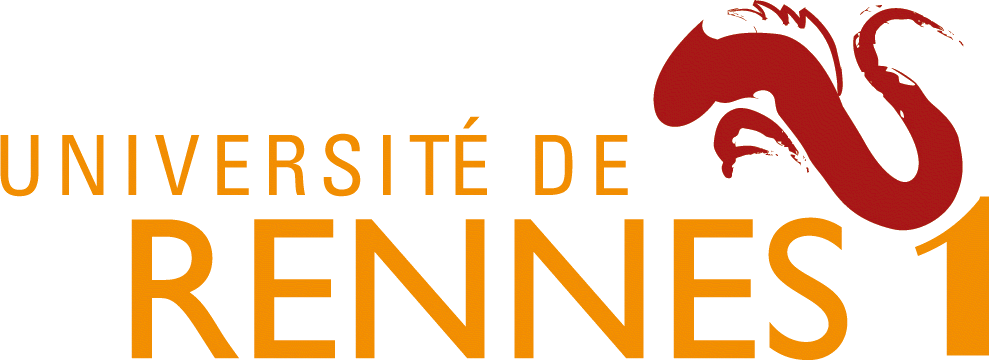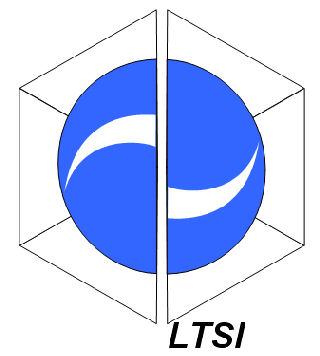News
Members
Publications
Software / Data
Job offers
Images / Videos
Collaborations
Conferences
Lab meetings: "Les partages de midi"
Practical information
Members Area
Next conferences we are in …


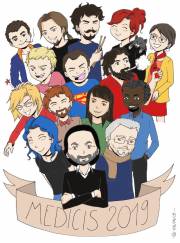
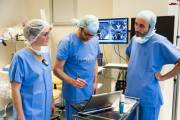
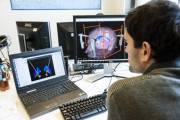
This shows you the differences between two versions of the page.
| Both sides previous revision Previous revision Next revision | Previous revision | ||
|
presentation:projects:igns:index [2010/09/06 17:22] rcarpent |
presentation:projects:igns:index [2012/02/06 03:29] (current) |
||
|---|---|---|---|
| Line 21: | Line 21: | ||
| For further information about this project's purpose, {{visages:workgroup:vignes:odl-vigne.pdf|please read this document (in French)}} . | For further information about this project's purpose, {{visages:workgroup:vignes:odl-vigne.pdf|please read this document (in French)}} . | ||
| - | ==== Development ==== | + | ==== Developments ==== |
| A second version of this software is available. To try it, please download source code by running the following command in a terminal : “svn checkout svn+ssh://YOUR_USERNAME@scm.gforge.inria.fr/svn/igns/trunk/PreOp” , after configuring and compiling it, run the binary. | A second version of this software is available. To try it, please download source code by running the following command in a terminal : “svn checkout svn+ssh://YOUR_USERNAME@scm.gforge.inria.fr/svn/igns/trunk/PreOp” , after configuring and compiling it, run the binary. | ||
| **Planner software features** : | **Planner software features** : | ||
| + | <code> | ||
| + | 1. Qt 4 graphical user interface through which clinicians are invited to work | ||
| - | 1. | + | 2. Planning creation for a given patient |
| - | Qt 4 graphical user interface through which clinicians are invited to work | + | |
| - | 2. | + | 3. Dicom data extraction and visualization through classical views (Axial, Coronal, Sagittal) : Preop and post data ((T1, T1 Gado, T2, DTI and other angio volumes... ) |
| - | Planning creation for a given patient | + | |
| - | 3. | + | 4. Lesion manual segmentation, slice by slice |
| - | Dicom data extraction and visualization through classical views (Axial, Coronal, Sagittal) : Preop and post data ((T1, T1 Gado, T2, DTI and other angio volumes... ) | + | |
| - | 4. | + | 5. Brain from T1, Skin from T1, Sulci from T1, Vessels from TOF, Fibers from DTI => Automatic segmentations |
| - | Lesion manual segmentation, slice by slice | + | |
| - | 5. | + | 6. Final 3D visualization bound to 2D views browsing (surfacic and volumic visualization, selection of a parallelepipedic region of interest |
| - | Brain from T1, Skin from T1, Sulci from T1, Vessels from TOF, Fibers from DTI => Automatic segmentations | + | |
| - | 6. | + | 7. Tumor volume computation |
| - | Final 3D visualization bound to 2D views browsing (surfacic and volumic visualization, selection of a parallelepipedic region of interest | + | </code> |
| - | 7. | + | |
| - | Tumor volume computation | + | |
| Technical documentation dealing with how this software works and can be increased in features is provided with source code. | Technical documentation dealing with how this software works and can be increased in features is provided with source code. | ||
| - | This software was totally redesigned by Alexandre Abadie and Romain Carpentier in order to build a complete and durable Image Guided NeuroSurgery platform. We want this platform to offer a full clinician-user-friendly software pipeline, from preoperative planning (including other works like fMRI, DeepBrainStimulation planning tools, semi-automatic gyri labeling...) to on-line and almost real-time peroperative registration tools and retropective data studies. | + | The first version of this planning software was totally redesigned by Alexandre Abadie and Romain Carpentier in order to build a complete and durable Image Guided NeuroSurgery platform. **We want this platform to offer a full clinician-user-friendly software pipeline, from preoperative planning (including other works like fMRI, DeepBrainStimulation planning tools, semi-automatic gyri labeling...) to on-line and almost real-time peroperative registration tools and retropective data studies**. |
| It was designed to be as re-usable as possible, either the Graphical User Interface components or the underlying image processings. | It was designed to be as re-usable as possible, either the Graphical User Interface components or the underlying image processings. | ||
| - | And, above all, because IGNS may require huge software engineering resources, we must prioritize all the requested needs from clinician partners so that we can focus, on the one hand, on patient data collection (research utility) and, on the other hand, on peroperative software (MR T1 registration according to current brainshift using echographic imagery) which, we believe, should be of great use for surgery navigation and surgical gesture improvment. | + | And, above all, because IGNS may require huge software engineering resources, we must prioritize all the clinician requests so that we can focus, on the one hand, on **patient data collection (research utility)** and, on the other hand, on **peroperative software (MR T1 registration according to current brainshift using echographic imagery) which, we believe, should be of great use for surgery navigation and surgical gesture improvment**. |
| Line 56: | Line 56: | ||
| **IGNS Planner** : Short explanation of what is IGNS Planner software and how it can be interesting to neurosurgeons and research purpose\\ | **IGNS Planner** : Short explanation of what is IGNS Planner software and how it can be interesting to neurosurgeons and research purpose\\ | ||
| - | <flashplayer width=800 height=480>file=http://www.irisa.fr/visages/team/AlexandreAbadie/VISAGES_IGNS_FL8_INRIA_800x450.flv</flashplayer> | + | <flashplayer width=600 height=400 play=true>file=http://www.irisa.fr/visages/team/AlexandreAbadie/VISAGES_IGNS_FL8_INRIA_800x450.flv</flashplayer> |
| **IGNS Planner** : Image Guided NeuroSurgery Planner software in use\\ | **IGNS Planner** : Image Guided NeuroSurgery Planner software in use\\ | ||
| - | <flashplayer width=800 height=480>file=http://www.irisa.fr/visages/team/AlexandreAbadie/planner.flv</flashplayer> | + | <flashplayer width=600 height=400>file=http://www.irisa.fr/visages/team/AlexandreAbadie/planner.flv</flashplayer> |

